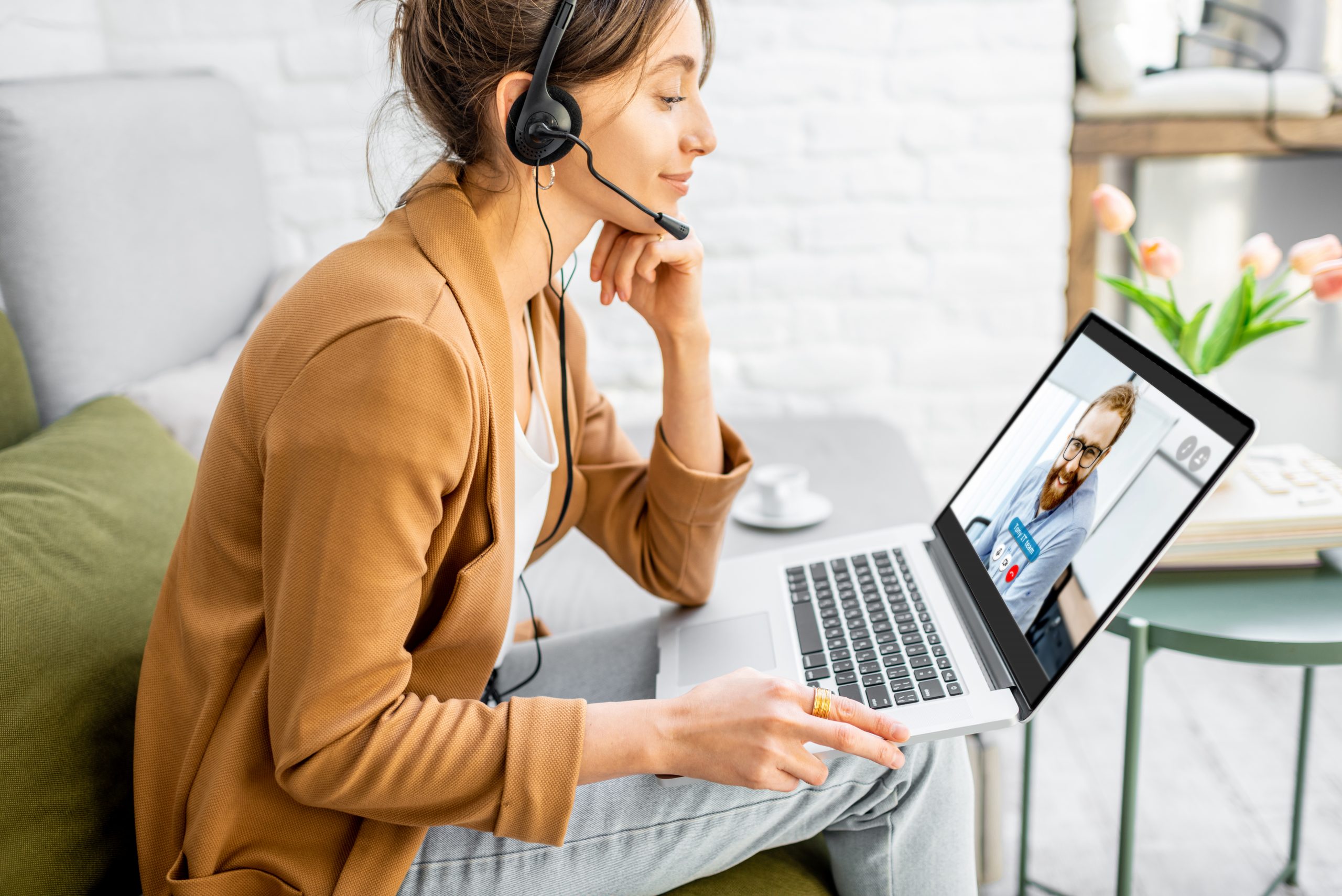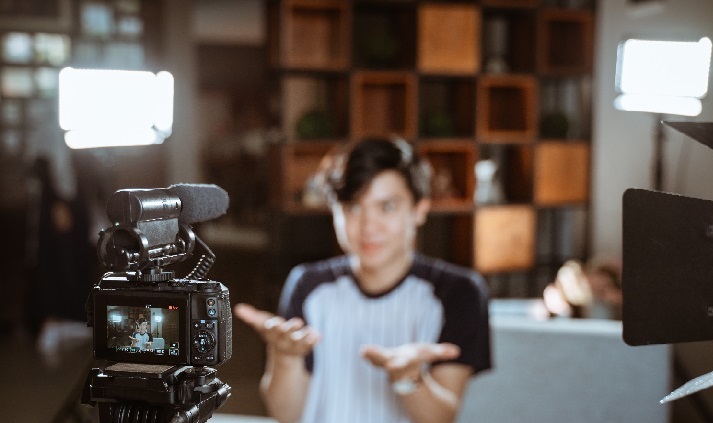LIGHTS, CAMERA… KITCHEN? Mastering the video media interview from home
April 20, 2020 • 4 minute read
Media interviews can be difficult to navigate at the best of times. We advise any spokesperson to undertake expert media training to learn the tips, tricks and techniques needed to tackle interview appearances and tough journalist questioning with confidence.
Conducting interviews from home via video conference call only creates an added layer of complexity. However, with Covid-19 lockdown set to continue for the foreseeable future, spokespeople and media commentators are being forced to master the art of the down-the-line video interview from home.
Infinite Global has prepared this short guide to help individuals ahead of any video interview appearance.

FIRSTLY, RELAX: These are unique times and audiences do not expect individuals to be able to recreate a polished studio-quality atmosphere from home. Technical problems and audio/visual imperfections have plagued many broadcast interviews in recent weeks, including those of media professionals themselves in high profile situations, such as the government’s daily briefing press conference. Audiences are forgiving. Don’t worry.
CAMERA ANGLE AND EYE LINE: Where possible, avoid staring downward into a laptop positioned beneath you on a table top. The angle is unforgiving, can generate facial shadows and hinders vocal projection.
Instead, elevate the camera closer to your natural eyeline, using props (such as books) to raise the height of the laptop or camera. Sit up straight, shoulders back and position yourself sufficiently far back in the camera frame to create just a little space in which you can use gentle and appropriate body and hand gestures. If your face is too close to the camera, you will appear overbearing.
LIGHTING: Seek natural lighting to illuminate your face. Positioning yourself facing a day-time window is ideal. Where artificial lighting is required, avoid direct projection on the face, which can appear harsh.
Experiment with electric lamps projected against the wall opposite your sitting position, to create softer, environmental light against your face. Avoid bright lights behind you, including lamps or sunny windows, which can leave your face in shadow.

BACKDROP: Take care in your choice of physical location and backdrop. Neutral backdrops and blank walls are typically preferable. Home offices and bookshelves are popular, though be careful that items behind you are not a distraction to viewers. This includes items which are highly personal or subjective in nature (such as overtly political slogans or posters). Pop-up banner stands displaying organisational logos can be used on rare occasions, but must be positioned appropriately and only when suitable for the subject matter of the interview (to avoid appearing overly promotional).
APPEARANCE: As in any broadcast interview, dress appropriately for your industry. For most media spokespeople this means a collared shirt for men or similar work attire for women. Ties are typically not necessary, but T-shirts remain inadvisable for anyone outside certain industries, such as tech or fashion. Avoid clothes with bold and complex designs (including some checked shirts) which may appear to ‘shimmer’ on camera.
CLEAR MESSAGING: It is essential in any media interview to have 3 or 4 defined messages clear in your mind. Where possible, have a proof point (such as an example, case study or data point) to back up each of your key messages.
MESSAGE DISCIPLINE: Remain vigilant and don’t be lulled into the false sense of security that can stem from sitting in comfortable, familiar surroundings. Stay on message and do not get drawn into conjecture and hypotheticals. More than ever, accuracy and reliability of information is paramount in the public domain. Journalists are adept at using prompts, pauses and silences to encourage interviewees to say more than they had intended. Don’t fill silences. Make your point and finish it succinctly.
VOCAL DELIVERY: Take care to slow your speech, project your voice and annunciate your words clearly. It is easy to feel nervous during any media interview, which can drive you to speak quickly and gabble. Furthermore, internet connections can be unreliable and audio / visual quality can vary from device to device. Clear, easy-to-follow articulation is essential.
PHYSICAL DELIVERY: Look squarely at the camera and avoid touching your face or hair. Where possible and appropriate, inject energy into your voice and use facial expressions and deft hand gestures to add vigour to your delivery. Always be careful to control your facial and physical movements. Don’t look away from the camera and avoid looking at yourself on your own screen. This is particularly important if you are interviewed alongside another spokesperson, in a different location. Your picture will likely remain on screen, even while the other person is speaking.
PREPARE AND REHEARSE: There is no substitute for effective preparation and practice. Think carefully about your messages. Experiment with your camera angles and lighting. Most importantly, rehearse by self-recording a trial run. This will help you hone your performance ahead of broadcast.
Infinite Global has delivered expert media training to hundreds of individuals and organisations over the past 25 years. Our international team of experienced reputation management advisers and media professionals are available to provide the support you need to navigate difficult times.
Click here to contact us and discuss your specific needs Media Training needs.